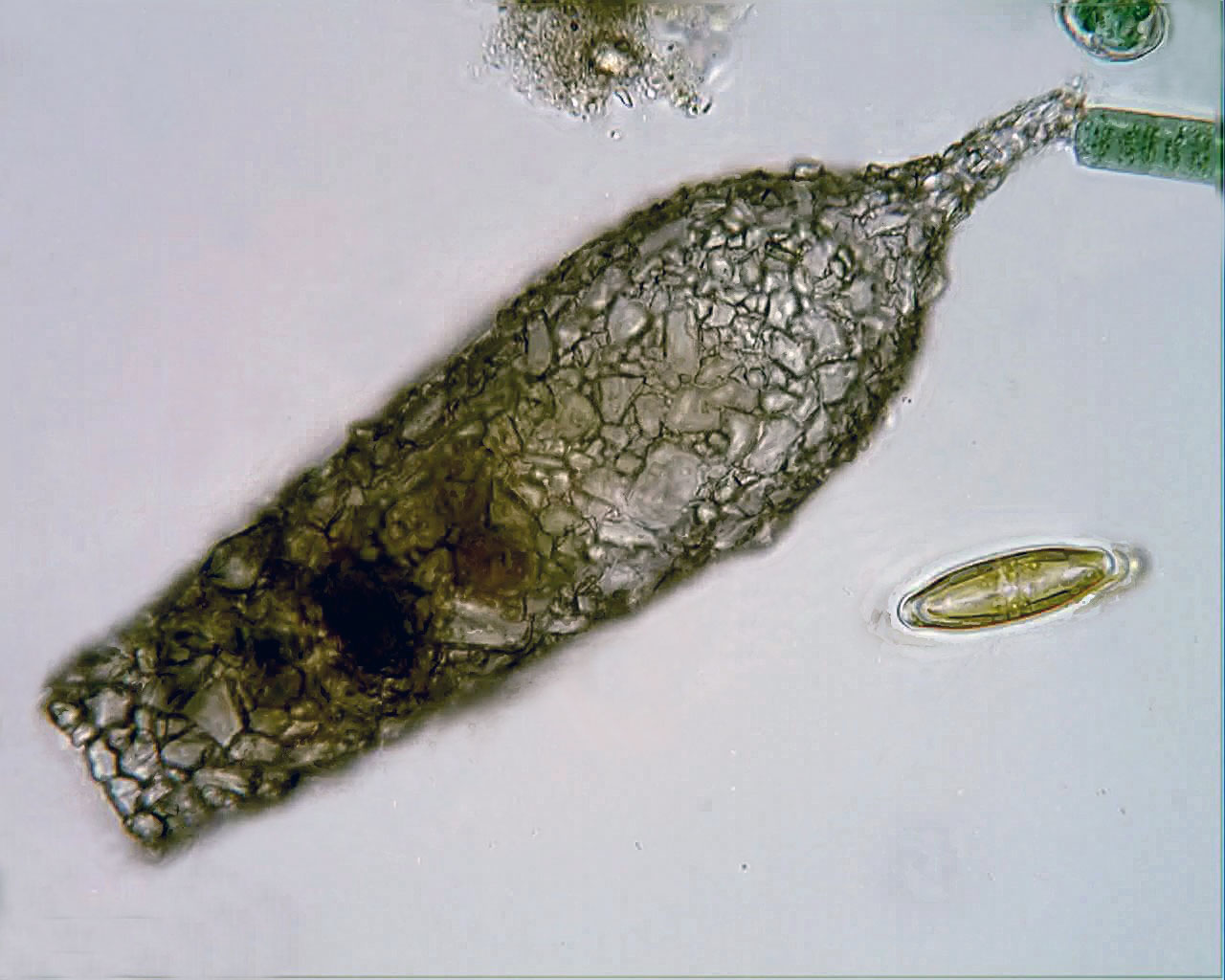|
Heleopera
''Heleopera'' () is a genus of testate amoebae belonging to the order Arcellinida. It is the sole genus within family Heleoperidae and infraorder Volnustoma, which in turn belong to the suborder Glutinoconcha. It is characterized by a conspicuous slit-like test aperture. Description ''Heleopera'' is a genus of testate amoebae, a type of unicellular amoeboid protists that are enclosed in a shell known as the test. In particular, it belongs to the order Arcellinida, which includes testate amoebae with lobose (round, blunt-ended) pseudopods. The genus is characterized by an ovoid, laterally compressed test composed of a cancellated chitinoid membrane with a reticulate appearance of mostly dotted lines, often incorporating particles of sand. The test opening, or 'mouth', is large, elliptical and has a terminal position. Through this opening, the organism extends numerous digitiform pseudopods. The conspicuous slit-like (laterally compressed) terminal opening found in this genus i ... [...More Info...] [...Related Items...] OR: [Wikipedia] [Google] [Baidu] |
Heleopera Sphagni
''Heleopera'' () is a genus of testate amoebae belonging to the order Arcellinida. It is the sole genus within family Heleoperidae and infraorder Volnustoma, which in turn belong to the suborder Glutinoconcha. It is characterized by a conspicuous slit-like test aperture. Description ''Heleopera'' is a genus of testate amoebae, a type of unicellular amoeboid protists that are enclosed in a shell known as the test (biology), test. In particular, it belongs to the order Arcellinida, which includes testate amoebae with lobosa, lobose (round, blunt-ended) pseudopods. The genus is characterized by an ovoid, laterally compressed test composed of a cancellated chitinoid membrane with a reticulate appearance of mostly dotted lines, often incorporating particles of sand. The test opening, or 'mouth', is large, elliptical and has a terminal position. Through this opening, the organism extends numerous digitiform pseudopods. The conspicuous slit-like (laterally compressed) terminal opening ... [...More Info...] [...Related Items...] OR: [Wikipedia] [Google] [Baidu] |
Heleopera Nodosa
''Heleopera'' () is a genus of testate amoebae belonging to the order Arcellinida. It is the sole genus within family Heleoperidae and infraorder Volnustoma, which in turn belong to the suborder Glutinoconcha. It is characterized by a conspicuous slit-like test aperture. Description ''Heleopera'' is a genus of testate amoebae, a type of unicellular amoeboid protists that are enclosed in a shell known as the test. In particular, it belongs to the order Arcellinida, which includes testate amoebae with lobose (round, blunt-ended) pseudopods. The genus is characterized by an ovoid, laterally compressed test composed of a cancellated chitinoid membrane with a reticulate appearance of mostly dotted lines, often incorporating particles of sand. The test opening, or 'mouth', is large, elliptical and has a terminal position. Through this opening, the organism extends numerous digitiform pseudopods. The conspicuous slit-like (laterally compressed) terminal opening found in this genus i ... [...More Info...] [...Related Items...] OR: [Wikipedia] [Google] [Baidu] |
Testate Amoebae
Testate amoebae (formerly thecamoebians, Testacea or Thecamoeba) are a polyphyletic group of unicellular amoeboid protists, which differ from naked amoebae in the presence of a test (biology), test that partially encloses the cell, with an aperture from which the pseudopodia emerge, that provides the amoeba with shelter from predators and environmental conditions. The test of some species is produced entirely by the amoeba and may be organic, siliceous or calcareous depending on the species (autogenic tests), whereas in other cases the test is made up of particles of sediment collected by the amoeba which are then agglutinated together by secretions from within the cell (xenogenic tests). A few taxa (Hyalospheniidae) can build either type, depending on the circumstances and availability of foreign material. The assemblage referred to as "testate amoebae" is actually composed of several, unrelated groups of organisms. However, some features they all share that have been used to g ... [...More Info...] [...Related Items...] OR: [Wikipedia] [Google] [Baidu] |

